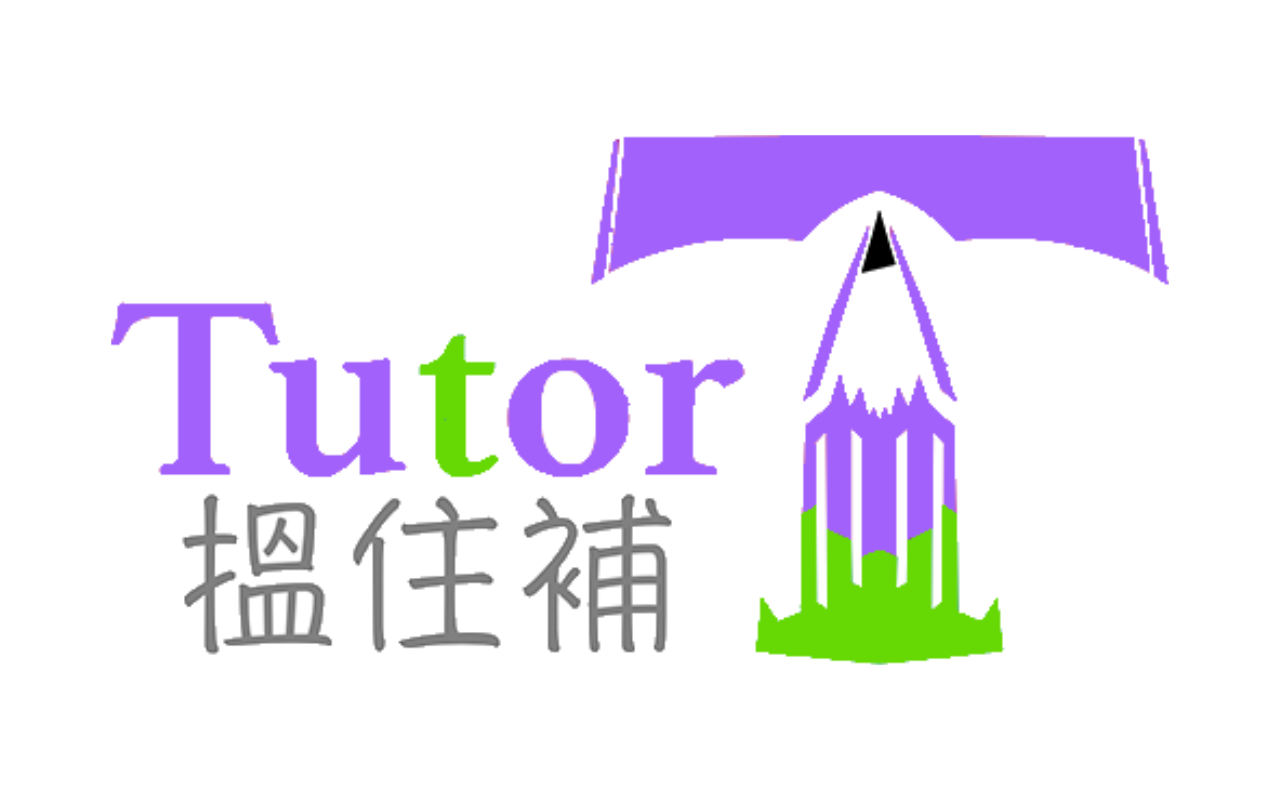You can use Nomad as a Kubernetes alternative Container Orchestration or a Kubernetes complement, depending in your skills and utility complexity. It is a straightforward and steady platform that’s best for both small and enterprise makes use of. That is a efficiency bottleneck as a end result of minutes add up to hours when running advanced functions and disaster recovery efforts. Slower deployment and operation because of needing to load and run full OS elements. Can be more complex and dear to scale as a outcome of larger dimension and hardware useful resource requirements.
Run Multi-tenant Apps And Providers
- Mesos is in production with some large enterprises similar to Twitter, Airbnb, and Netflix.
- Container know-how basically changed in 2013 with Docker’s introduction and has continued unabated into this decade, steadily gaining in reputation and person acceptance.
- To obtain scalable model coaching, think about using Docker Swarm or Kubernetes to orchestrate the training course of across a cluster of machines.
- This consumes a great amount of system resources and overhead, especially when multiple VMs are operating on the same bodily server, each with its personal visitor OS.
- Besides making it easier for enterprises to develop software, containers additionally manage updates for the endpoint units.
Confluence, an administrative application, is sort of important to Cornell University, however it doesn’t instantly improve Cornell’s mission. The software was fairly old, was maintained manually, and the tech stack was changing into outdated. They wanted to have the power to track the modifications they made and be sure that the environment was supportable sooner or later.

Mongodb Atlas Kubernetes Operator
The main distinction between containers and virtual machines is that containers are lightweight software program packages containing utility code and dependencies. In distinction, virtual machines are digital replicas of physical machines, each running its own working system. These tools provide the framework for creating, deploying and scaling containers. Container orchestration platforms will restart crashed containers mechanically, scale them based mostly on the load, and make sure to deploy all containers evenly on all out there nodes. Data containers store and analyze virtual objects (self-contained entities consisting of knowledge and procedures to control data). Spark, Hadoop, and different big data platforms can now be deployed in Docker container clusters.
What’s Cardinality? Cardinality Metrics For Monitoring And Observability
Storing configurations and secrets outside of container photographs improves security and suppleness. Using setting variables and secure secrets storage allows for simple and protected configuration changes. This article has explored 12 of the principle use circumstances for Kubernetes, the most well-liked container orchestration system. It abstracts away many of the differences between clouds, allowing you to reliably run containerized apps with networking and storage assets, in any surroundings.

Simply and automate virtualized workloads to help accelerate your digital transformation. Eliminate barriers to success with efficient automation options to allow growth. This command shows the name, type, Cluster-IP, external-IP, port(s), and age of the presently operating providers.
That’s why container orchestration platforms have become a core element of recent app architectures. By heavily integrating with the underlying infrastructure, they’re serving to us not only with containers but the whole infrastructure administration. This is very true in cloud environments, the place container orchestration platforms can take care of networking, storage, and even provisioning new VMs to the cluster based mostly on fully customizable configurations.
You also wants to determine the technical feasibility, the size, and anticipated business advantages. Kubernetes is crucial to migration initiatives because it improves utility reliability and scalability and ensures the containerized surroundings runs correctly. The major reasons for containerizing legacy functions are the necessity to have portability, scaling, and the power to respond rapidly. Also, to allow them to coexist with more modern applied sciences and assist totally different languages, databases, frameworks, and tooling. Ultimately, refactoring the prevailing functions provides the system required flexibility to evolve and opens the door to modernization. Continuing with the above use case, if maintaining safety is a vital requirement for a startup, it could construct separate containers for every element and keep away from conflicting dependencies.
Besides making it easier for enterprises to develop software program, containers also manage updates for the endpoint gadgets. Moreover, containers enable the scaling of the IoT surroundings with a microservices mannequin. In November 2016, Citizens Bank began its innovation group and had around a dozen containers and three or four services operating.
Within the same pod, containers can share the native network (and IP address) and assets whereas nonetheless sustaining isolation from containers in other pods. Modern orchestration tools use declarative programming to ease container deployments and administration. The variety of containers you utilize might be hundreds if you use microservices-based functions. Container orchestration is the automated strategy of coordinating and organizing all features of individual containers, their features, and their dynamic environments.

Docker is a popular engine that converts container pictures into containers throughout runtime. Applications’ configurations are sometimes described in YAML or JSON information, which are exchanged between container orchestration tools. The container orchestration tool relies on composition information to determine how and the place to get container photos, arrange networking between containers, save log data, and mount depository volumes.
A giant container deployment usually produces a big quantity of efficiency data that needs to be ingested, visualized, and interpreted with the help of observability tools. To be effective, your observability answer must make this course of as simple as possible and help teams quickly discover and fix points inside these complex environments. Container technology provides builders a consistent, light-weight software development and deployment environment able to working and deploying purposes wherever. This might be your desktop, traditional on-premise IT infrastructure, or the cloud.
Containers enable straightforward scaling of applications by permitting quick replication and distribution of similar container cases, facilitating efficient resource utilization. For example, a FinTech utility with a microservice structure would have the fee, billing, and consumer onboarding components as independent companies. Each service would have its personal centralized databases and communicate with one another and other providers via an API gateway. Containers share sources among the functions and, by default, will use as much as they want. As nice as that sounds, this makes it difficult to observe resource consumption on the physical host. Also, wrongly limiting sources would lead to poor container efficiency as a outcome of they can’t allocate sufficient resources.
The container virtualizes the host machine’s OS kernel; thus, each cloud container incorporates simply the appliance, its libraries, and dependencies. Other vendors, including Robin Systems, have taken steps to expand Kubernetes’ assist for data-intensive and stateful apps. The company offers a hyper-converged Kubernetes platform designed for big information and machine studying workloads. Docker simplifies the process of continuous integration and deployment by providing light-weight, portable containers that could be easily built, examined, and deployed. It promotes consistency and reproducibility, leading to quicker and extra reliable deployment pipelines.
Transform Your Business With AI Software Development Solutions https://www.globalcloudteam.com/

